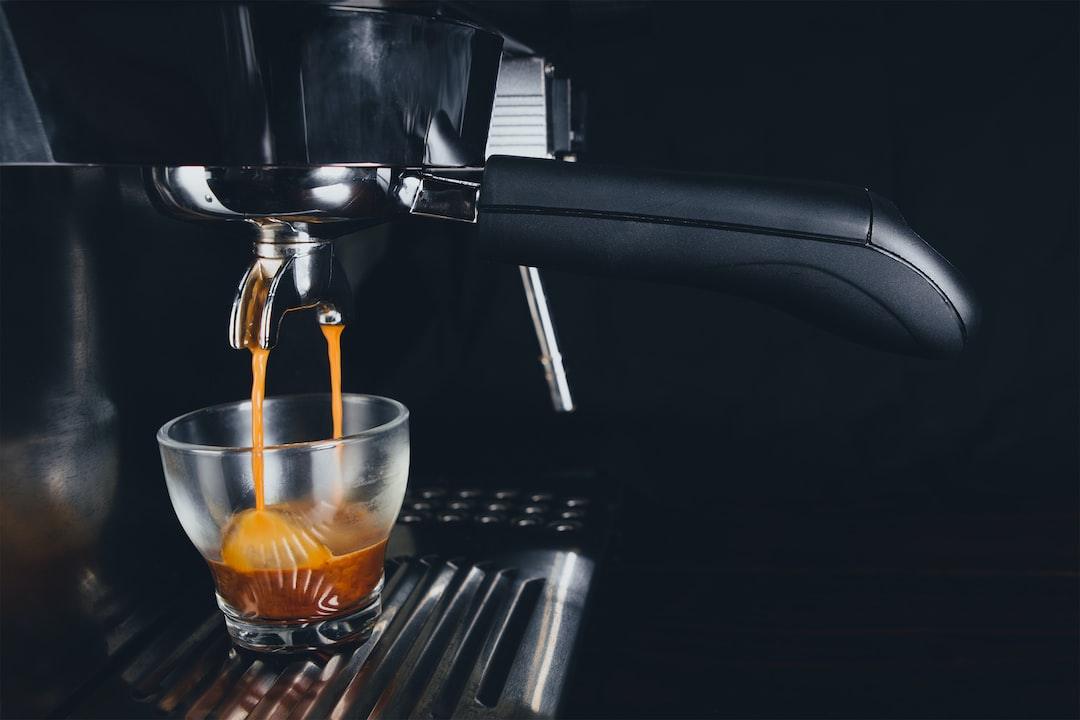Attention all coffee lovers! Have you ever wondered why some cups of joe taste heavenly while others fall flat? It's all about the science behind coffee extraction. Join us on a journey to uncover the mysteries of this magical elixir and learn how to brew the perfect cup every time.
The Coffee Bean: A Tiny Powerhouse
Before diving into the wonders of coffee extraction, let's take a moment to appreciate the incredible coffee bean. These little powerhouses are packed with flavor compounds, oils, and caffeine, just waiting to be released and enjoyed. The art of extraction lies in coaxing out these elements in perfect harmony.
The Brewing Variables: A Delicate Balance
When it comes to coffee extraction, several variables come into play. The grind size, water temperature, brew time, and coffee-to-water ratio all contribute to the final flavor profile. Let's break down each element and unravel the role it plays:
Grind Size: The Key to Unlocking Flavors
The grind size of your coffee can make or break your brew. Finely ground coffee extracts faster, resulting in a bold and intense cup. Coarsely ground coffee, on the other hand, requires a longer brew time to fully extract the flavors. Experimenting with different grind sizes is essential to finding your perfect balance.
Water Temperature: Finding the Sweet Spot
Believe it or not, water temperature greatly affects the flavor of your coffee. Water that's too hot can lead to over-extraction, resulting in a bitter taste. On the flip side, water that's too cool may result in under-extraction, leaving you with a weak and lackluster cup. The sweet spot for water temperature is between 195°F and 205°F (90°C-96°C), ensuring optimal extraction without scorching the beans.
Brew Time: Patience is a Virtue
Patience is indeed a virtue when it comes to brewing coffee. The brew time determines how much flavor is extracted from the coffee grounds. Too short, and the flavors remain trapped, resulting in a weak brew. Too long, and the flavors become bitter and overpowering. Finding the perfect brew time depends on your brewing method, but a general rule of thumb is between 3 to 4 minutes.
Coffee-to-Water Ratio: Striking the Right Balance
The coffee-to-water ratio is the final piece of the puzzle. Too little coffee, and you'll end up with a weak and tasteless cup. Too much coffee, and your brew may become overpowering and bitter. Striking the right balance requires experimentation and adjustments until you find your perfect ratio. As a starting point, aim for a ratio of 1:16, one part coffee to sixteen parts water.
The Extraction Process: Magic in Every Drop
Now that we've covered the brewing variables, let's delve into the extraction process itself. When hot water comes into contact with coffee grounds, it initiates a chemical reaction. The water dissolves the soluble compounds, such as acids, sugars, and oils, releasing the flavors we love.
During the initial stages of extraction, the water extracts the bright and acidic flavors, giving your cup that invigorating kick. As the extraction progresses, the water continues to dissolve more compounds, resulting in a well-rounded and balanced flavor profile.
However, if extraction goes too far, the bitter and astringent flavors start to dominate. This is why it's crucial to find the perfect brewing parameters to achieve a harmonious balance of flavors.
Unlocking Flavor Profiles: The Coffee Brewing Methods
There are several popular brewing methods, each offering a unique experience and flavor profile. Let's explore a few:
1. Pour-Over: Simplicity at Its Finest
Pour-over brewing is a favorite among coffee aficionados. It involves pouring hot water over a filter filled with coffee grounds, allowing the water to slowly drip through. This method provides full control over the brewing variables, allowing you to fine-tune the extraction to your liking.
2. French Press: A Full-Bodied Delight
The French press method is known for its rich and full-bodied brew. It involves steeping coffee grounds in hot water and pressing a plunger to separate the liquid from the grounds. This method allows for longer brew times, resulting in a robust cup with a heavier mouthfeel.
3. Espresso: Concentrated Perfection
Espresso, a concentrated form of coffee, is made by forcing hot water through finely ground coffee under high pressure. This method extracts intense flavors and produces a velvety crema on top. Espresso serves as the foundation for various coffee-based beverages, such as cappuccinos and lattes.
4. Cold Brew: A Smooth and Refreshing Alternative
For those hot summer days, cold brew coffee offers a refreshing alternative. This method involves steeping coffee grounds in cold or room temperature water for an extended period, usually overnight. The result is a smooth and mellow brew with lower acidity.
Conclusion: Savor the Science, Perfect Your Pour
Now that you understand the science behind coffee extraction, it's time to put your knowledge to the test. Experiment with different brewing variables, explore various methods, and fine-tune your technique until you find your perfect cup.
Remember, coffee extraction is an art, and there's no one-size-fits-all approach. Embrace the journey, savor every sip, and enjoy the delightful complexities that coffee has to offer. Cheers to unlocking the perfect cup!

